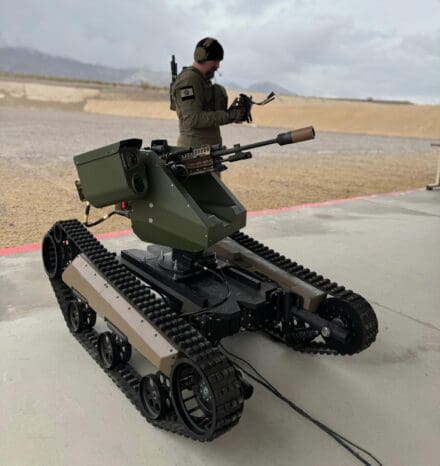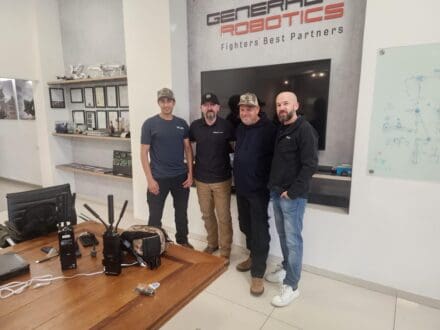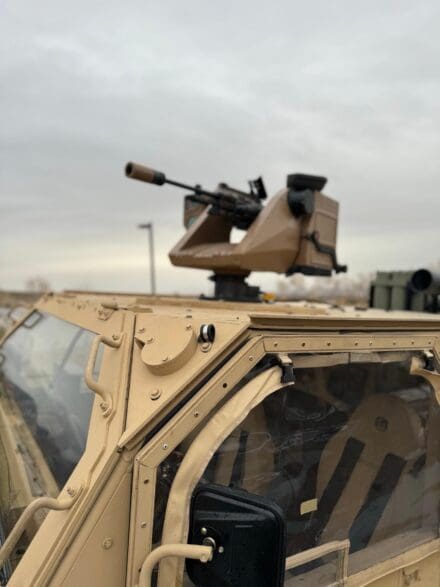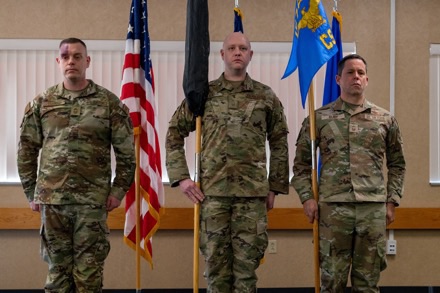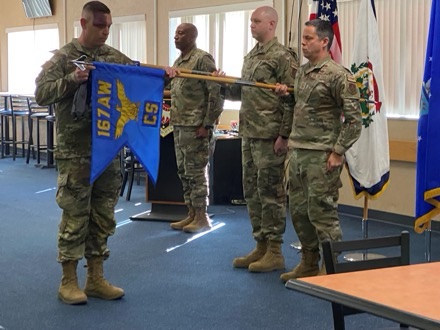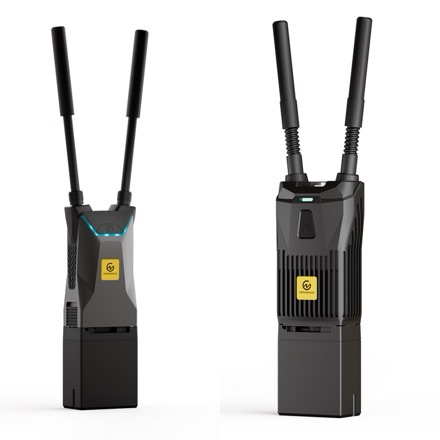
Spectra Group, a specialist provider of secure voice, data and satellite communications systems, has been awarded the global distribution rights for Comtech’s Troposcatter Family of Systems (FoS) which includes the 500-Watt Mobile Transportable Transmission System (MTTS), the more mobile 10-Watt Compact Over-the-Horizon Mobile Expeditionary Terminal (COMET), and other new next generation troposcatter systems. The 5-year agreement appoints Spectra Group in all areas globally, except for the USA, Canada and Mexico which is retained by Comtech. Spectra Group was first appointed by Comtech as UK and NATO Special Operations Forces (SOF) agents in September 2019. Since then, Spectra Group has announced multiple orders for Comtech’s Troposcatter FoS including UK Navy (Royal Marines) in March 2022, HQ ARRC in March 2023, 3 (UK) Division in September 2023 and an overseas customer. In October 2023, Spectra Group placed a USD$20M plus order with Comtech to service multiple orders already received, and several expected follow-on orders from undisclosed customers in the NATO and European regions.
The Troposcatter FoS, developed by Comtech, provide high capacity, low-latency data links for over-the-horizon communications utilizing Comtech’s state-of-the-art CS67PLUS troposcatter radio/modem, without the need to rely on satellites or multiple line-of-sight repeaters. The Troposcatter COMET system, in particular, is ideal for providing a secure big data network for deployed headquarters from divisional down to company level because it is small and lightweight.
Due to its low power and directional nature, it is also difficult to detect and deny. It uses a maximum transmit power of 10-watts and only needs a 1-meter dish, but still has low latency (typically 9-20mS) and large bandwidth (5-60Mbps) while optimized for data links up to 60 km and beyond. In practice, data transfer speeds can be much greater (the CS67PLUS operates up to 105 Mbps single stream and 210 Mbps dual stream operation) and data links can be effective up to 100kms+ on the COMET, depending on the environment. The system is simple, intuitive, and easy to set up (15 minutes). Critically, it is also satellite independent and can work in a GPS/GNSS denied environment (including polar regions) making it ideal for use during Peer-on-Peer conflict and when Multi Domain Integration is required.
Since March 2022, Comtech’s Troposcatter COMET has been available on the NATO Catalogue via the NATO Support Procurement Agency (NSPA), so any NATO country can purchase directly without having to endure a long tender process. For the rest of the world, the Troposcatter FoS can be purchased directly from Spectra Group or via Comtech for North America.
Simon Davies, CEO of Spectra Group said: “Spectra is delighted to have expanded our distribution region for this excellent product that perfectly complements our own SlingShot satellite communication system. We have been working closely with Comtech for the last 4 years and our recent sales successes are testament to the value of that partnership. With increasing state-level global threats to communications and the potential for denied or degraded satellite services, we need to maintain focus on innovation and diversification. The fresh development of robust, reliable and effective Troposcatter technologies opens up the opportunity to offer multiple long-range, secure communications solutions that don’t rely exclusively on satellite systems and we are very happy to be at the forefront of these developing technologies.”
Ken Peterman, Comtech’s President and CEO said, “With the most deployed Troposcatter systems in the world, our FoS are uniquely designed to provide U.S. and coalition forces with an information advantage across all domains. We are thrilled to partner with Spectra Group to expand access to Comtech’s FoS and deliver our marketing leading beyond-line-of-sight (BLOS) troposcatter technologies to coalition forces operating across the globe. It was an easy decision to partner with Spectra Group given the company’s trust in the industry and deep understanding of how command, control, computers, communications, cyber, intelligence, surveillance, and reconnaissance (C5ISR) will evolve tnce, surveillance, and reconnaissance (C5ISR) will evolve to meet needs of today and in the future.”
